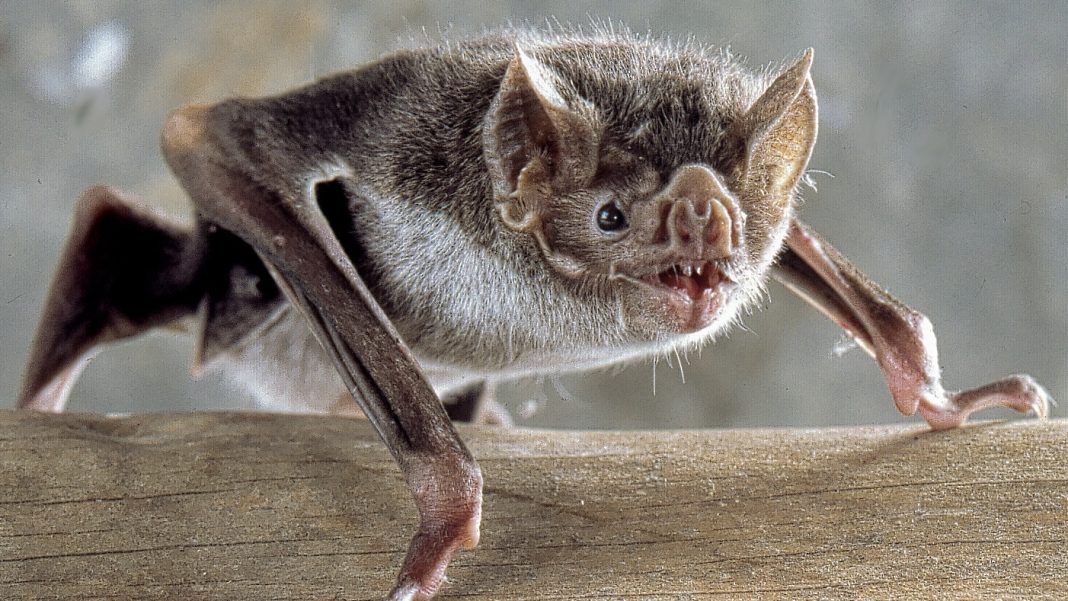In many parts of Latin America, when the dark of night descends, the vampire bat emerges.
Vampire bats are famous for feasting on the blood of live animals.
As the climate warms, they’re spreading farther north. And according to Luis Escobar, a wildlife biologist at Virginia Tech, they may soon reach the U.S.
Escobar: “We anticipate that this species is going to reach the U.S. and that we’ll notice its presence in the next five to 20 years.”
That’s concerning, as vampire bats are known carriers of rabies, a fatal disease.
Escobar: “When they bite the prey, they transmit the virus to the prey.”
So as the bats spread north, animals in the southern U.S. could be at risk of infection.
Escobar says vampire bats tend to avoid urban areas, which helps reduce the risk of rabies in cities.
But he says the bats are likely to spread the disease in more rural parts of the southern U.S., which has large populations of prey such as deer, wild boar, and farm animals.
The region’s sizable cattle industry will be especially vulnerable.
So he says it will be important for livestock owners to vaccinate their animals against rabies – and help keep this deadly disease at bay, even as vampire bats spread north.
Reporting credit: Ethan Freedman / ChavoBart Digital Media
We help millions of people understand climate change and what to do about it. Help us reach even more people like you.


